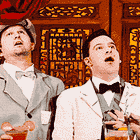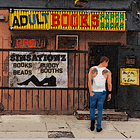TABLE OF CONTENTS
Thanks for reading BAD FAIRY! Subscribe to receive new posts and support my work.

Subscribe to BAD FAIRY
People
I tell stories. Screenwriter, CAN YOU EVER FORGIVE ME? (WGA & Independent Spirit Awards. Noms: Oscars, BAFTAS.) AVENUE Q (Tony Award, Best Book & Musical), BRING IT ON, TALES OF THE CITY: THE MUSICAL, the OG HEAD OVER HEELS (pre-Broadway), much more.















